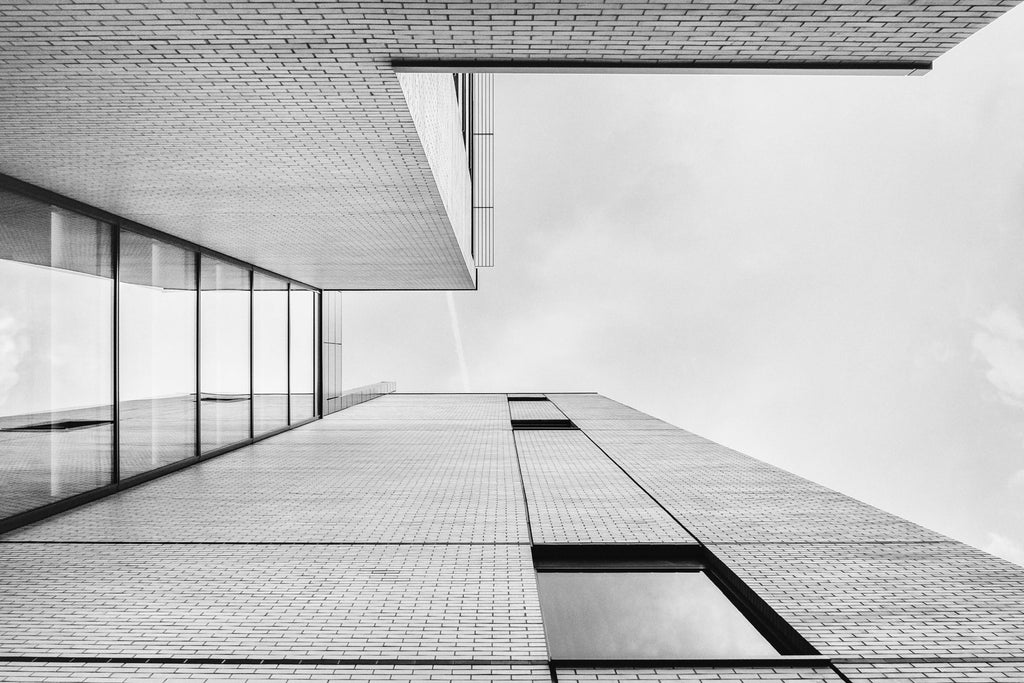mahabis minimalism // simplify. declutter. streamline.

photo: samuel zeller
Inspired by Tiffany and Ilaria's #aminimalminute concept, we're taking a closer look at embracing minimalism in daily life. What does it mean to be minimalist and why do we covet minimalism?
It seems that we are continuously trying to streamline our homes, our wardrobes and everything else that surrounds us, in a quest to keep up with the current zeitgeist. Far from simply preferring paring down design aesthetics, true minimalism is an aim to live with less and abandon all clutter from your life, both physically and metaphorically.

photo: via unsplash
By pulling together a capsule wardrobe of simple, classic pieces that can all be worn together and work for any occasion, we are embracing minimalism. When we clear away all of the unnecessary paraphernalia from around our homes, and strip back the unnecessary, we're in pursuit of a minimalist aesthetic.
Writing duo Joshua Fields Millburn & Ryan Nicodemus, aka The Minimalists describe minimalism as “a tool to rid yourself of life’s excess in favor of focusing on what’s important—so you can find happiness, fulfillment, and freedom.” To truly embrace minimalism, they infer that you need to cast aside all of the unnecessary objects in your life and learn to live with simple necessities that you use every day.

photo: unsplash
So, where did this love and need for a minimalist life suddenly materialise from?
Minimalism has been around for a long time. The idea that in order to live life to the fullest, you should live with less 'stuff' around you, is certainly not new. But as a design aesthetic and a covetable lifestyle, minimalism has certainly boomed in the past decade. From geometric architecture to futuristic fashion, and the crisp pages of Kinfolk and Cereal, there's elements of minimalism wherever you look.
Scandinavian influence is evident within the minimalist movement. With emphasis upon simplicity and functionality, the design sensibilities of Nordic countries have been exported worldwide. But it's worth noting that the concept extends beyond purely design and aesthetic; people who fully embrace minimalism and remove all meaningless objects from their lives are those that are going against the grain instead of following the herd. These are typically people who want to live their life their own way and aren’t easily influenced.

Joshua and Ryan attribute their happiness in life to embracing minimalism and simplifying their lives. Many others who follow the lifestyle agree, and there are a large community of minimalists that spend their lives guided by such principles. The Minimalists even host worldwide meet-ups, with discussions about reductivism, intentional living and more.
To appreciate minimalism, you don’t necessarily have to go to the extremes of removing 90% of your belongings from your home. Taking small steps, such as decluttering, can aid in simplifying your lifestyle in subtle ways.

photo: imanuel pasaka
Try streamlining your wardrobe and removing all of the items that you never or rarely wear, instead building up a capsule collection of clothes that complement each other and make you feel comfortable. Or try counting the amount of items you have in one room in your house. Consider whether or not you really need that many items, and have a clear out of all the unnecessary objects. Think about the famous William Morris quote: “have nothing in your house that you do not know to be useful, or believe to be beautiful.”
And, of course, having less clutter in your life and a more streamlined environment to live in, will aid your concentration, productivity and relaxation. It’s far easier to unwind when you are based in serene surroundings with little or no distractions.




